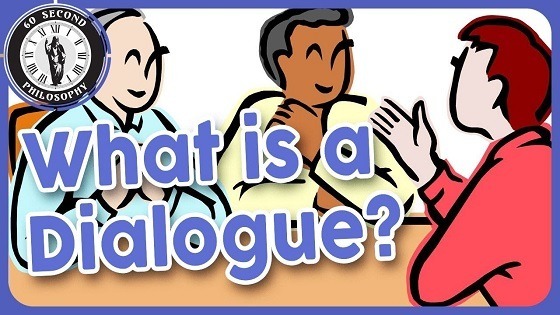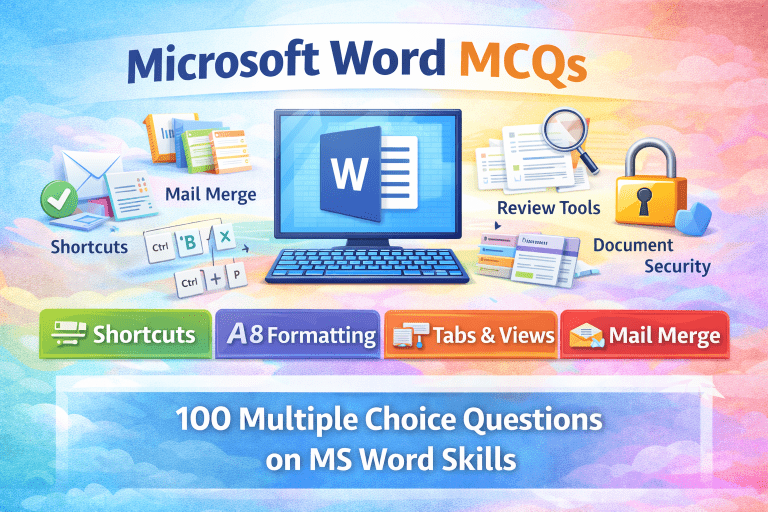
Introduction
Dialogue is one of the most crucial elements of storytelling. It brings your characters to life, adds depth to your narrative, and keeps your readers engaged. But writing dialogue isn’t as simple as putting words in your characters’ mouths. Crafting natural, engaging, and purposeful dialogue is an art form that requires attention to detail, an understanding of your characters, and a good ear for conversation. So, how can you write dialogue that captivates your audience?
Understanding Your Characters
Before you can write meaningful dialogue, you need to know your characters inside and out. The way a person speaks is deeply influenced by their personality, background, and experiences.
Character Development
Ask yourself: Who are these people? What do they want? How do they feel about the situation they’re in? Answering these questions helps you write dialogue that reflects their motivations and emotions. For instance, a confident character may speak in short, direct sentences, while a shy character might use more hesitant, tentative language.
How Personality Influences Dialogue
A character’s speech patterns should reflect their traits. A highly educated character might use more complex language, while a younger or less experienced character may use simpler words. Keep these differences in mind to create authentic conversations.
Setting the Scene
The environment where your dialogue takes place plays a huge role in how the conversation unfolds. Is it a casual coffee shop chat, or a high-stakes argument in a courtroom? The setting can influence the tone, pacing, and even the content of the dialogue.
Creating a Realistic Setting for Dialogue
Make sure your characters are interacting with their surroundings. Are they sipping coffee, pacing nervously, or checking their phone? Describing these actions can make your dialogue more immersive and believable.
Using the Environment to Shape Conversations
If two characters are in a noisy bar, they might have to shout to be heard, adding urgency or frustration to their words. Use the setting to add layers to the conversation.
Keeping Dialogue Natural
One of the biggest challenges in writing dialogue is making it sound natural. People don’t always speak in full sentences, and they often interrupt each other or change the subject mid-conversation.
Using Everyday Language
Write the way people actually talk. Avoid using overly formal language unless it’s specific to the character. Dialogue should flow naturally, with pauses, hesitations, and sometimes even incomplete thoughts.
Avoiding Forced Conversations
If your dialogue feels unnatural, it might be because the conversation is serving the plot rather than the characters. Let the conversation flow based on how the characters would naturally react, not just to move the story forward.
Dialogue Structure Basics
Dialogue Tags
Dialogue tags like “said,” “asked,” or “replied” are important for clarifying who’s speaking, but they should be used sparingly. Overusing dialogue tags can make your writing feel clunky. Instead, try using actions or descriptions of the characters’ expressions to show who’s speaking.
Action and Body Language in Dialogue
Body language is a powerful tool in dialogue. Characters don’t just speak—they frown, cross their arms, or shift uncomfortably. These non-verbal cues can communicate a lot about how a character feels, sometimes even more than their words.
Using Dialogue to Show Emotion
Conveying Feelings Through Speech
Dialogue is a great way to show emotion. Is your character angry? Their words might be sharp and clipped. Are they nervous? Their speech may be rambling or filled with pauses. Pay attention to how emotions shape the way people talk.
Combining Verbal and Non-verbal Cues
Sometimes what a character says contrasts with what they’re doing. A character might say, “I’m fine,” but their trembling hands or averted gaze suggest otherwise. These contradictions make dialogue more layered and interesting.
Pacing in Dialogue
Balancing Long and Short Responses
Not every response needs to be long. In fact, varying the length of dialogue can keep the conversation engaging. A quick back-and-forth exchange can build tension, while a long monologue might slow the pace and allow for reflection.
Using Pauses and Interruptions for Realism
In real life, conversations aren’t always smooth. People interrupt each other, hesitate, or change direction suddenly. Don’t be afraid to let your characters cut each other off or stumble over their words—it makes the conversation feel more genuine.
Writing Distinct Voices
How to Make Each Character Sound Unique
Each character should have their own voice. This can be achieved through their vocabulary, sentence structure, and the way they express themselves. One character might speak in slang, while another uses formal language. This distinction helps the reader identify who’s speaking, even without dialogue tags.
Developing a Character’s Speech Pattern
Maybe one character is overly polite, always saying “please” and “thank you,” while another tends to be blunt and to the point. These speech patterns add depth to characters and make them feel more real.
Subtext in Dialogue
What Characters Say vs. What They Mean
Subtext is what’s implied beneath the actual words being spoken. A character might say, “I’m happy for you,” but the tone of their voice or their body language could suggest jealousy. Writing subtext adds complexity to dialogue and makes the interactions more engaging.
Writing Implicit Meaning
Instead of having characters state their feelings outright, use dialogue to hint at their deeper emotions. This leaves room for interpretation and keeps readers intrigued.
Conflict Through Dialogue
Creating Tension and Conflict
Dialogue is a great way to build conflict between characters. Whether it’s a subtle disagreement or a heated argument, conflict in dialogue adds excitement and pushes the story forward.
How to Use Disagreement to Drive Plot
When characters clash in conversation, it reveals their values, desires, and frustrations. This kind of tension keeps the reader invested and adds depth to the narrative.
Avoiding Info-Dumping
Showing, Not Telling
One common mistake in dialogue is using it to dump information on the reader. Instead of having characters explain everything outright, try to reveal details naturally through their actions and the context of the conversation.
Keeping Information Flow Natural
If your characters need to share important details, make sure it feels like a natural part of the conversation. Avoid turning the dialogue into a lecture or an info session.
Editing and Polishing Dialogue
Reviewing for Clarity and Flow
After writing a dialogue, read it out loud to see if it sounds natural. If a sentence feels awkward or stiff, rewrite it until it flows smoothly.
Removing Unnecessary Words
When editing, look for words or phrases that don’t add value to the conversation. Trimming excess dialogue makes the interaction sharper and more engaging.
Writing Humorous Dialogue
Using Wit and Sarcasm
Humor can be a great way to lighten a conversation or reveal more about a character. Quick-witted banter or sarcastic remarks can add personality to your dialogue.
Adding Lightness to Conversations
Even in serious moments, a bit of humor can break the tension and make the characters more relatable.
Using Silence in Dialogue
The Power of What’s Left Unsaid
Sometimes, silence can say more than words. A pause in conversation can create suspense, tension, or an emotional shift.
Building Tension with Silence
If a character goes silent at a key moment, it leaves the other person—and the reader—wondering what they’re thinking. This can add depth to a conversation and make it more intriguing.
Conclusion
Mastering the art of dialogue is essential for any writer. Well-written dialogue adds depth to your characters, drives the plot, and keeps readers engaged. By paying attention to your characters’ personalities, keeping conversations natural, and using subtext and conflict, you can write dialogue that enhances your storytelling.
FAQs
How do I write dialogue that feels realistic?
Keep it simple, use everyday language, and listen to how people talk in real life. Avoid overly formal sentences unless it fits the character.
How can I avoid writing boring conversations?
Use dialogue to reveal character or move the plot forward. Add tension, subtext, or humor to keep the conversation interesting.
Should I always use dialogue tags like “said”?
No, you can often use action or body language instead of dialogue tags. Too many “saids” can make your dialogue feel repetitive.
How can I make my characters’ voices unique?
Give each character distinct traits, speech patterns, and vocabulary. One may be formal and polite, while another might use slang or short sentences.
What’s the best way to edit dialogue?
Read it out loud to check if it flows naturally. Remove unnecessary words and clarify any confusing parts.







